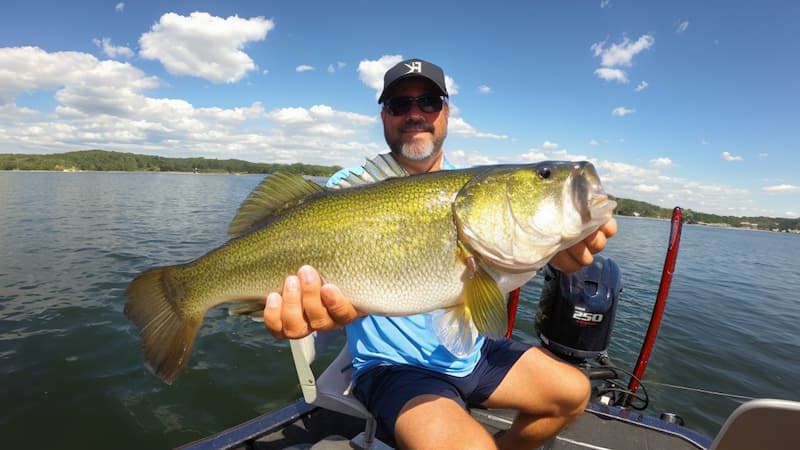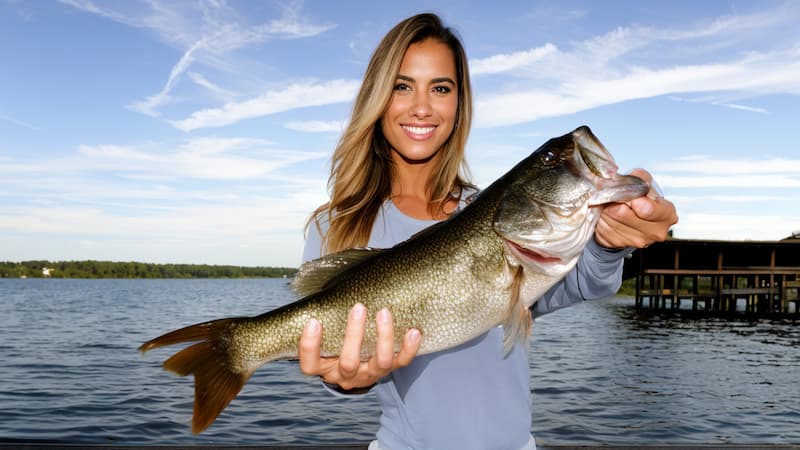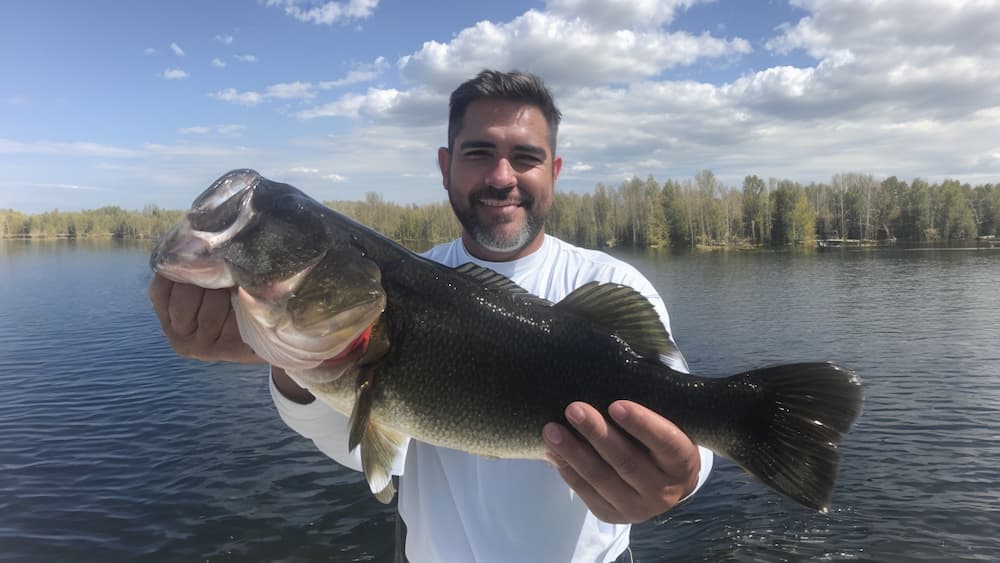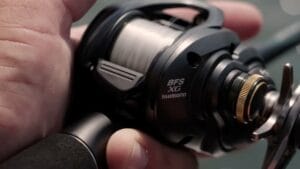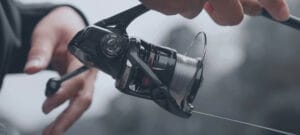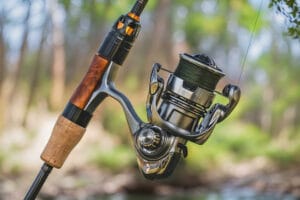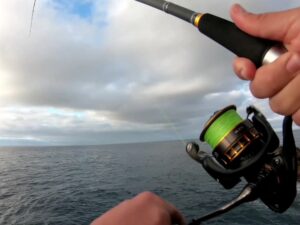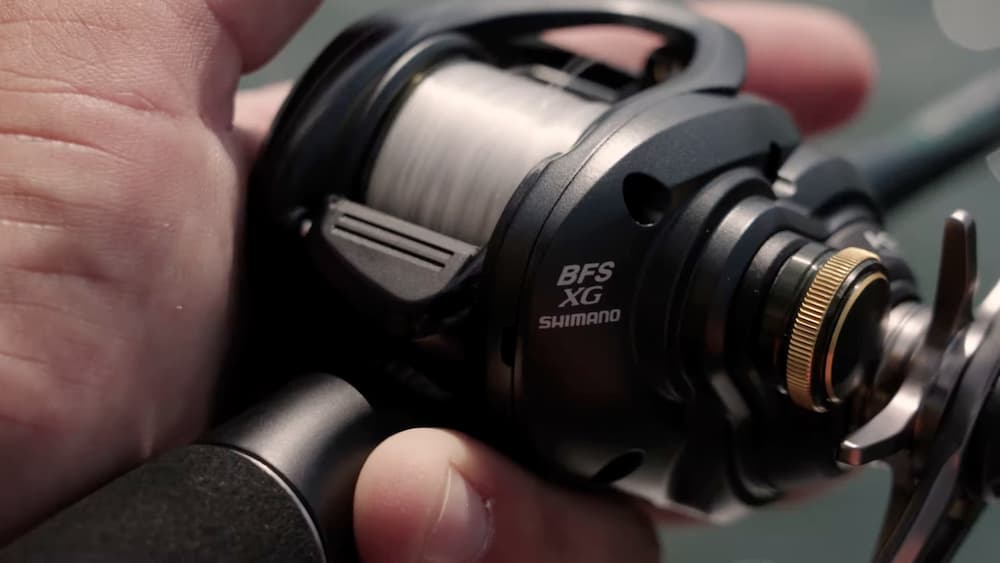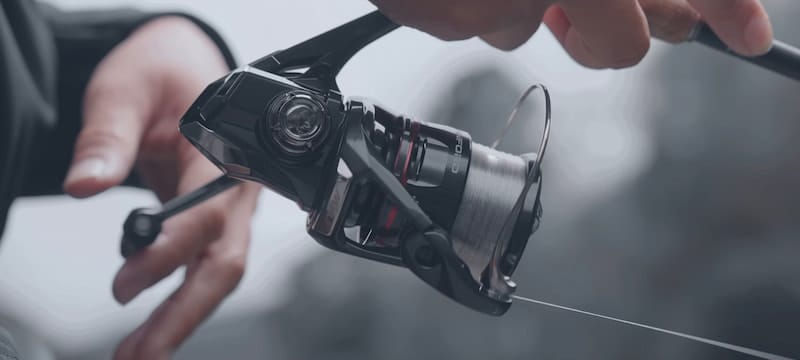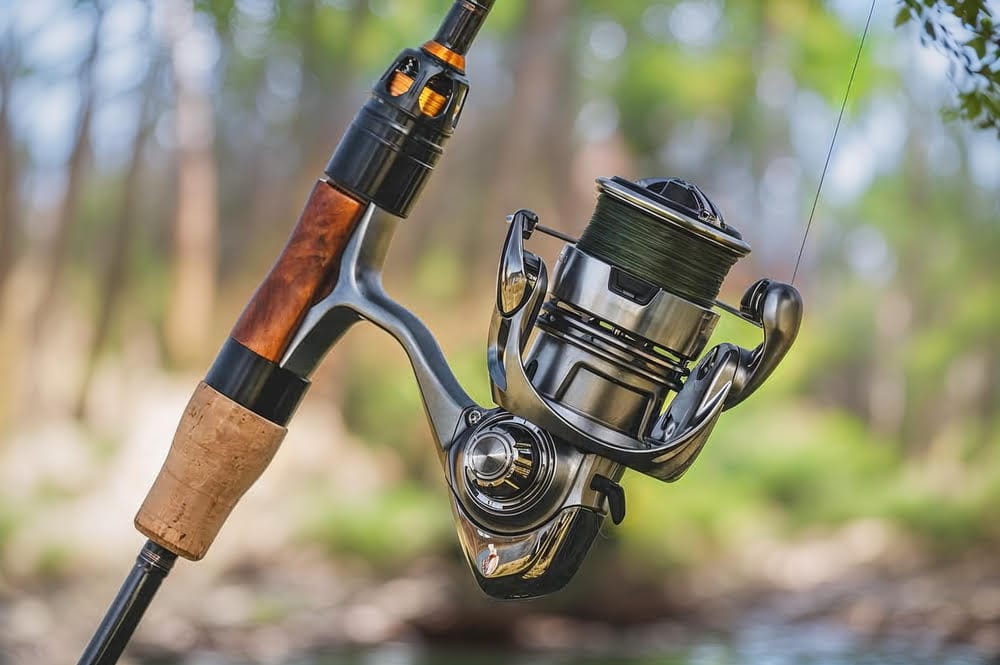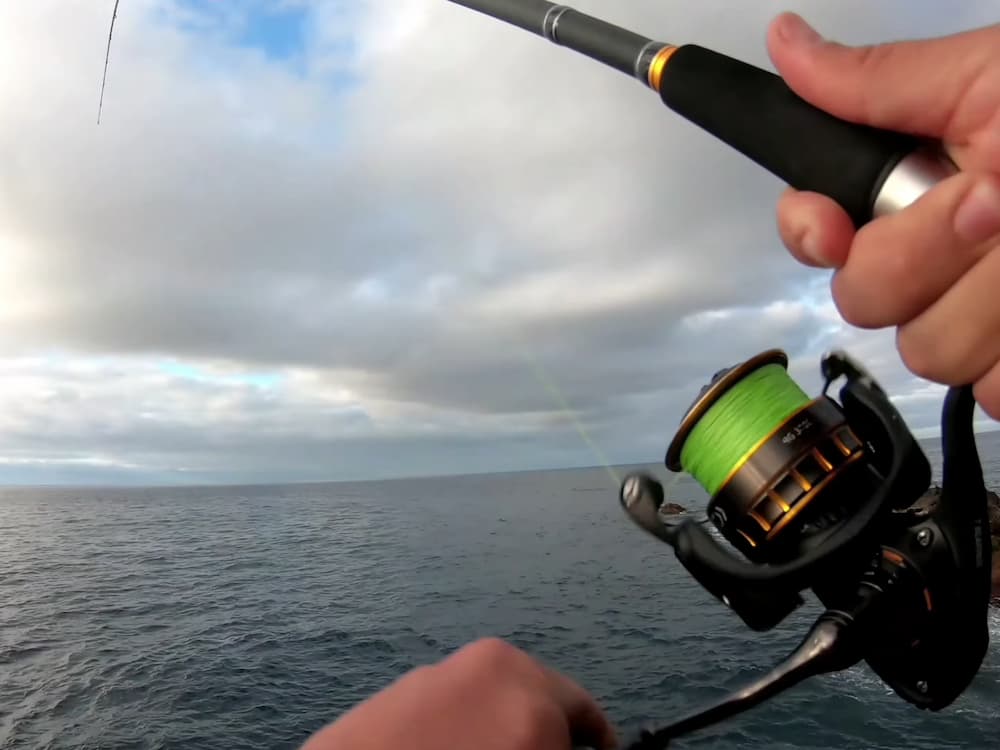To enhance your angling skills and increase your summer fishing success, gaining an understanding of bass behavior during the hot summer months is paramount.
Largemouth bass are adaptable creatures known for their competitive and wrathful feeding habits. Influenced heavily by temperature, light, cover, and forage availability, their behaviors can fluctify.
By grasping these influences, you can better predict their movements and feeding patterns to significantly raise your catch rate.
Identifying Bass Locations in Summer
When scorching summer sun beams down, bass act differently than their normal behavior observed during cooler months.
Looking to escape the harsh sunlight and intense heat, they retreat to cooler waters where they can find shade, oxygen, and easy access to food.
Overhanging trees, docks, structures underwater, or anything that casts a shade over water can become prime hiding places for bass.
It’s not just about escaping the sun, but these shaded zones also turn into prime hunting grounds as they tend to allure smaller baitfish an easy catch for the bass.
One key aspect that other anglers might overlook is the role of aquatic ledges and drop-offs near lakes and reservoirs.
Acting as highways for baitfish, these ledges provide lucrative feasting spots for bass which can either stay on the shallow or deep side depending on light conditions.
Currents are another major factor that dictate where you’re likely to find bass.
Moving water brings along food and oxygen right to where the fish have set up camp – usually in eddies and spots where they can easily ambush prey without exerting undue effort.
Finally, pay extra attention to dense floating aquatic vegetation that provides the perfect hiding spot with coverage on surface and trailing leaves below.
Luscious plants like hydrilla, lily pads, hyacinth let bass remain hidden while patiently awaiting prey.
Bass Feeding Habits in Summer
Once you’ve located a potential hideout, it’s crucial now to understand what lures them out of cover – essentially what they feed on during summers.
Remember that largemouth bass have quite a varied summer diet that changes as they grow in size. While the diet primarily consists of insects, frogs, shiners and young sunfish, don’t discount their fierce predatory ability to take down other smaller members of their own species.
Watch out for areas around lily pads or other aquatic vegetation where you’ll find these predators hunting frogs and bluegills shallow during summers.
Deeper waters exhibit a different dynamics where bass chase down schools of shad or any weakened or smaller fish away from their safe haven.
In fact, to match this “match-the-hatch” phenomenon of adopting shad patterns proves highly lucrative especially against schooled up bass.
It’s all about understanding the ecosystem.
Mimic wounded prey with lures like plastic worms or skirted jigs that draw strikes without making the pursuer exert extra energy chasing it down.
Their diverse diet coupled with habitat preference demands keen observation on your part along with having an assortment of lures at hand so you can switch techniques depending on how bass are feeding.

